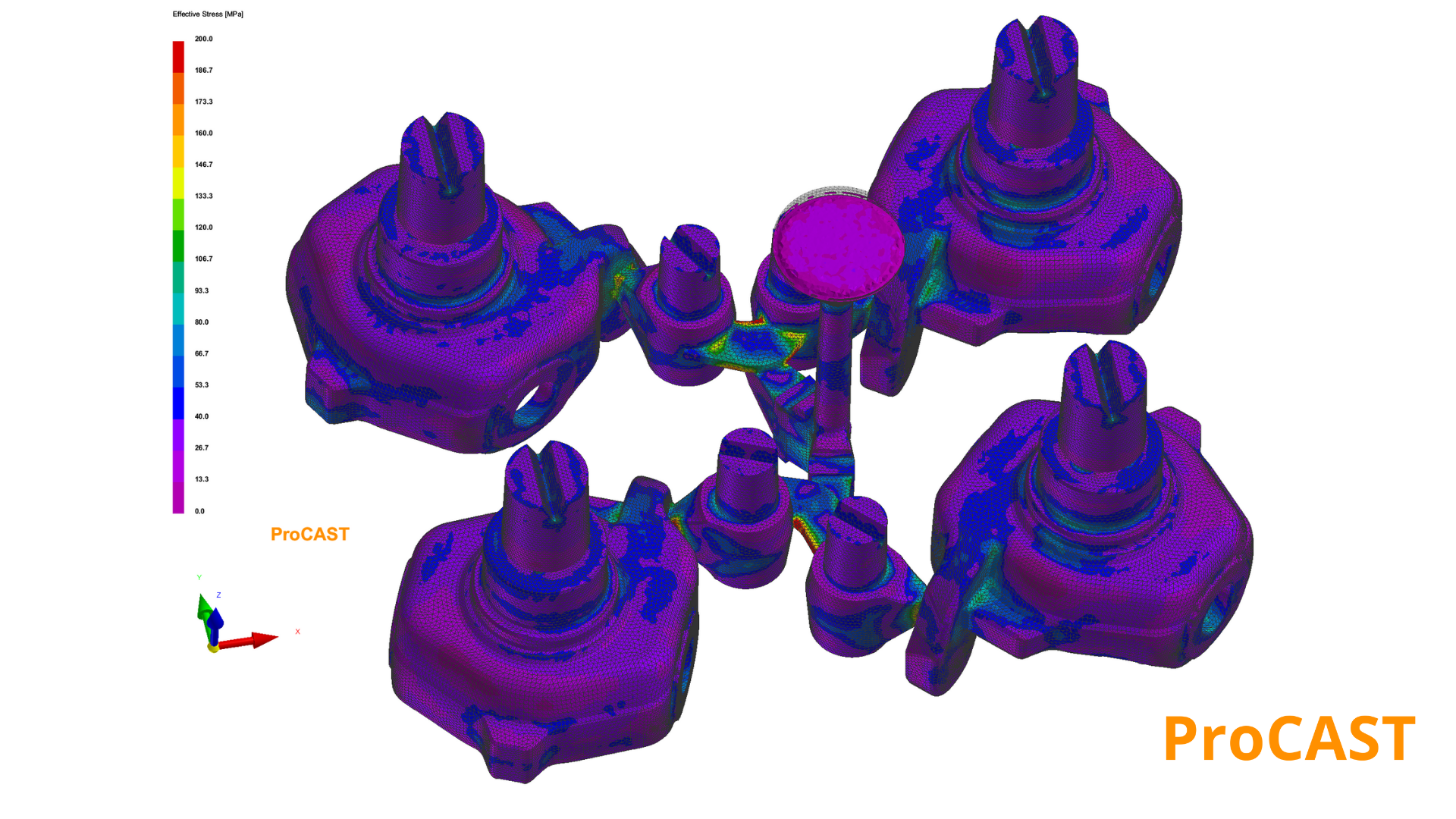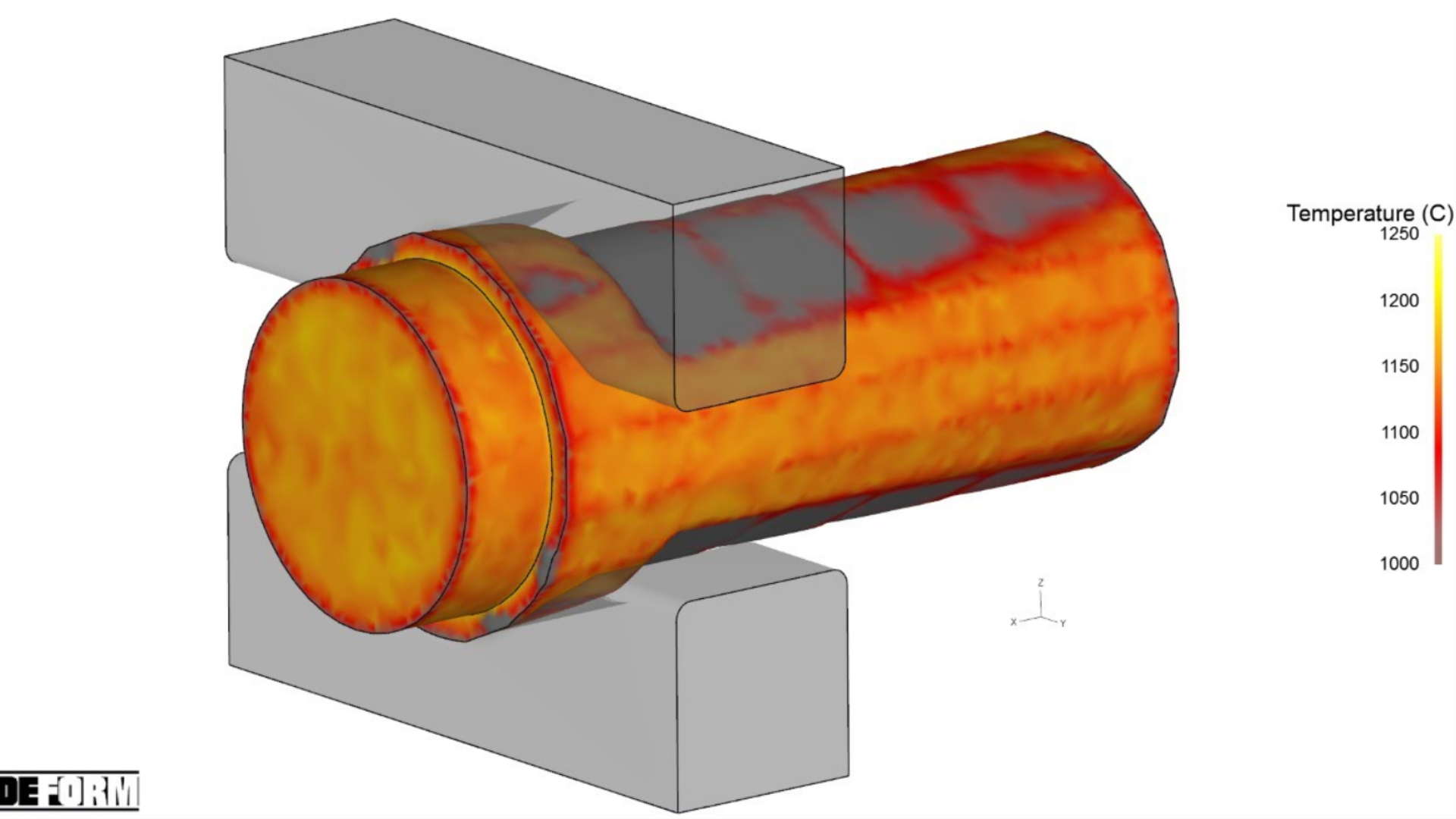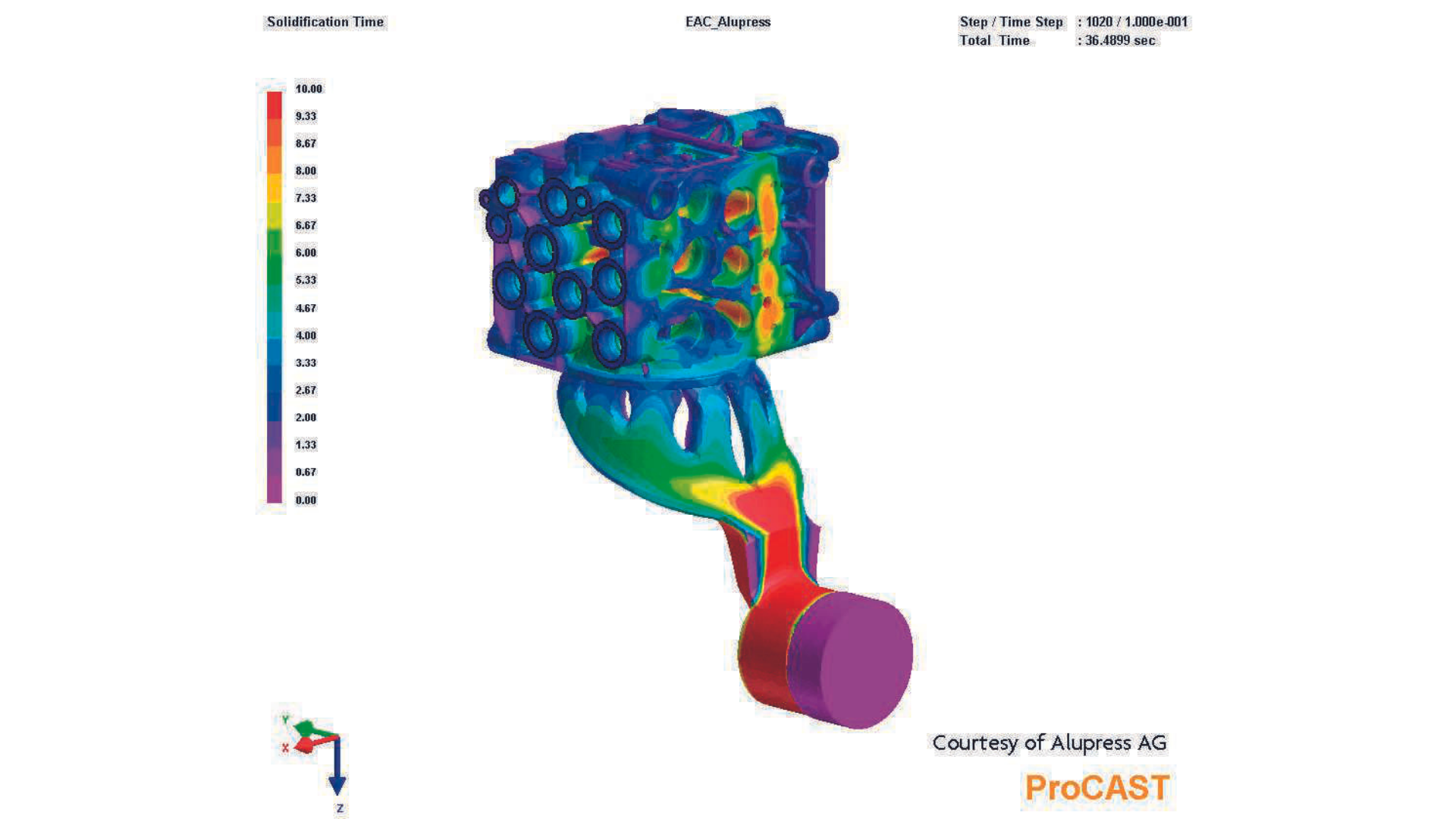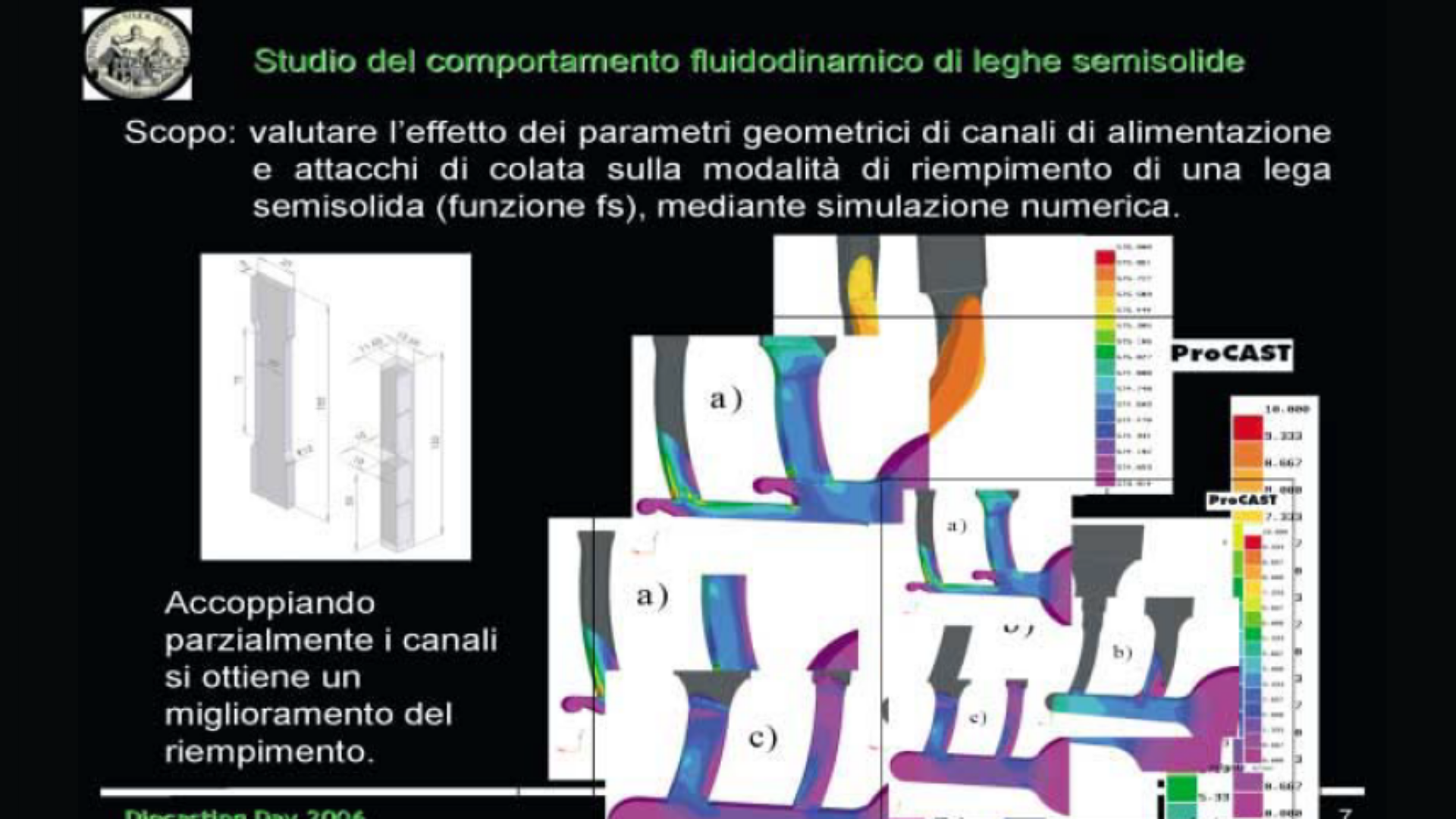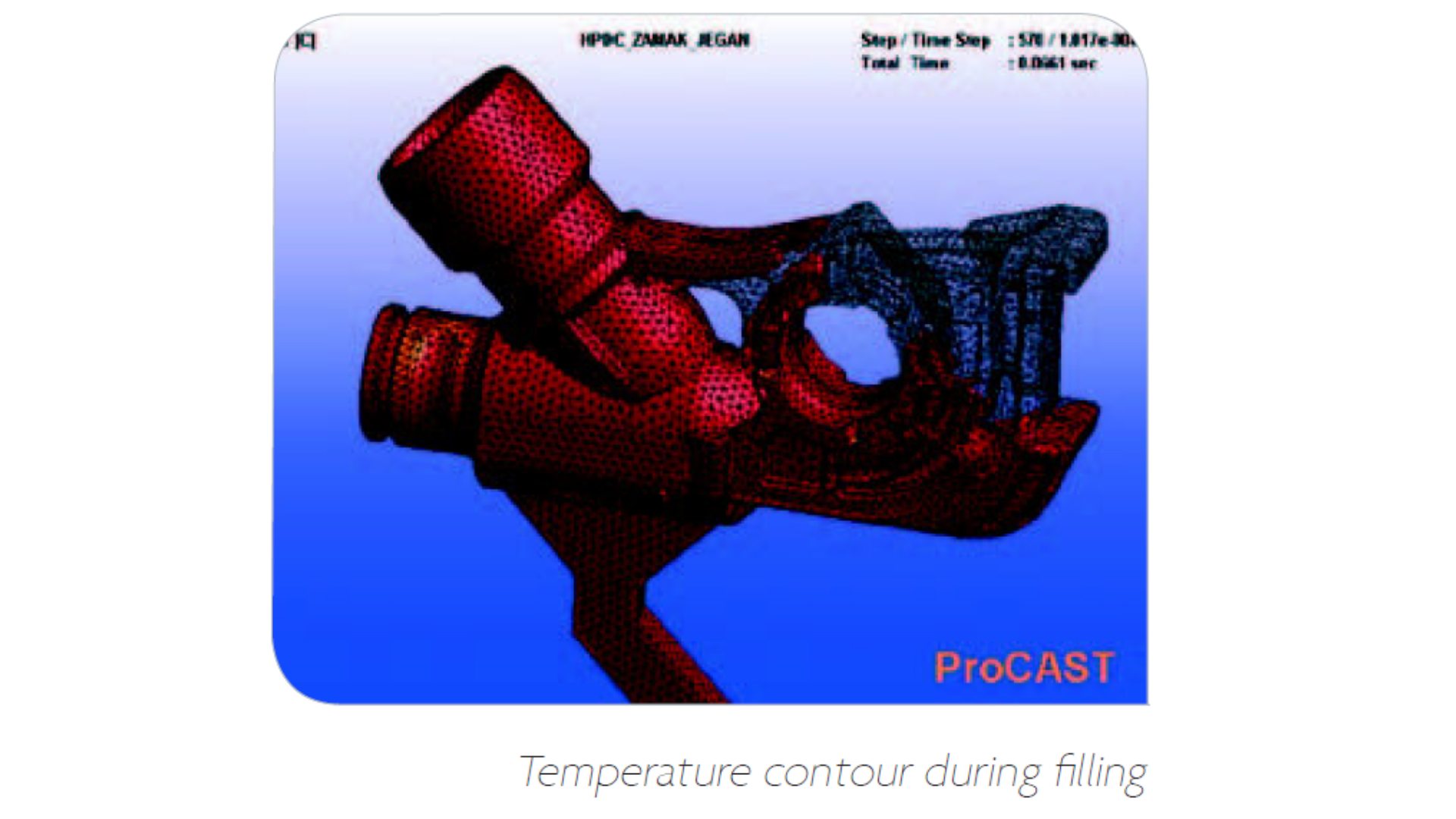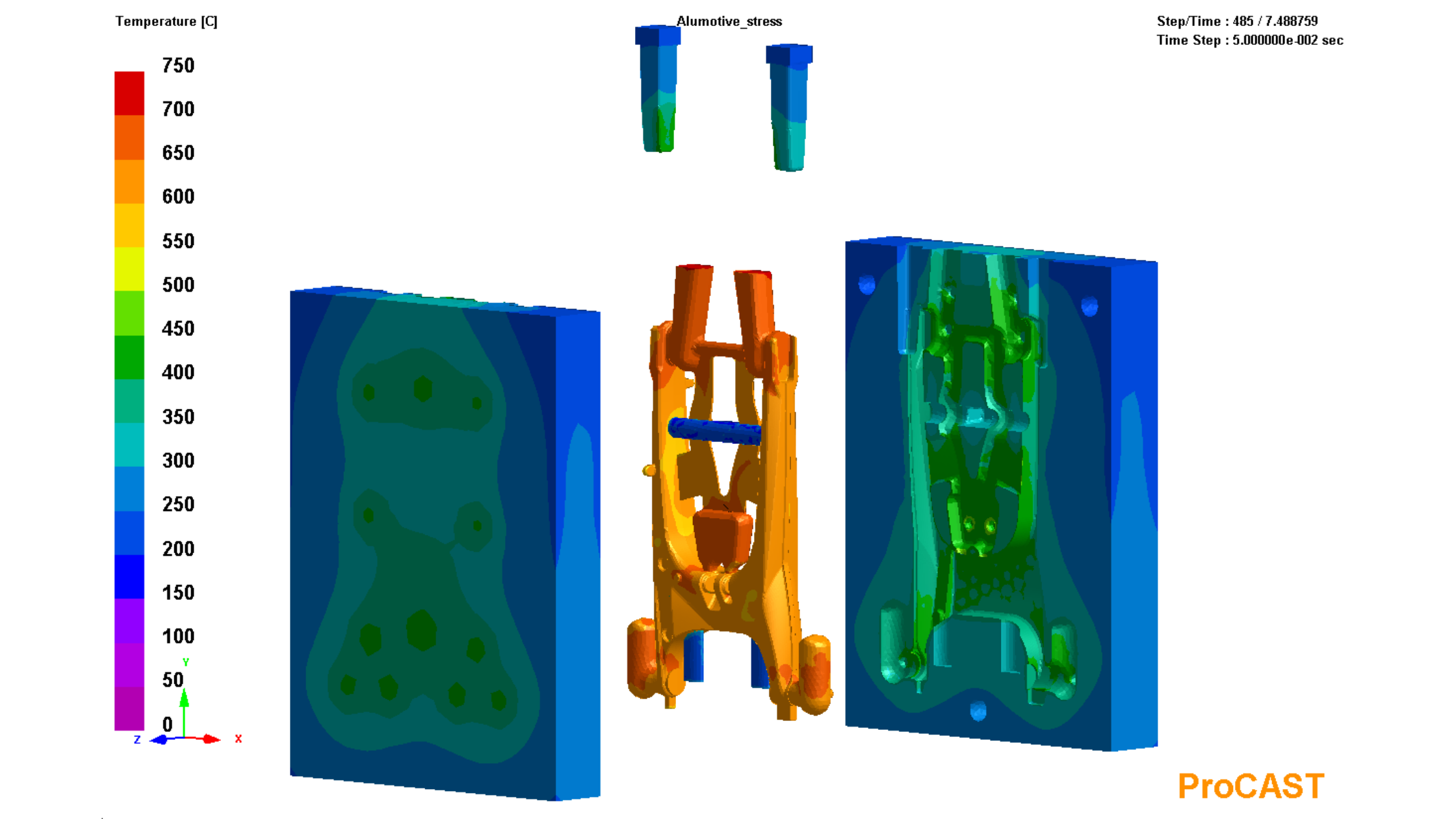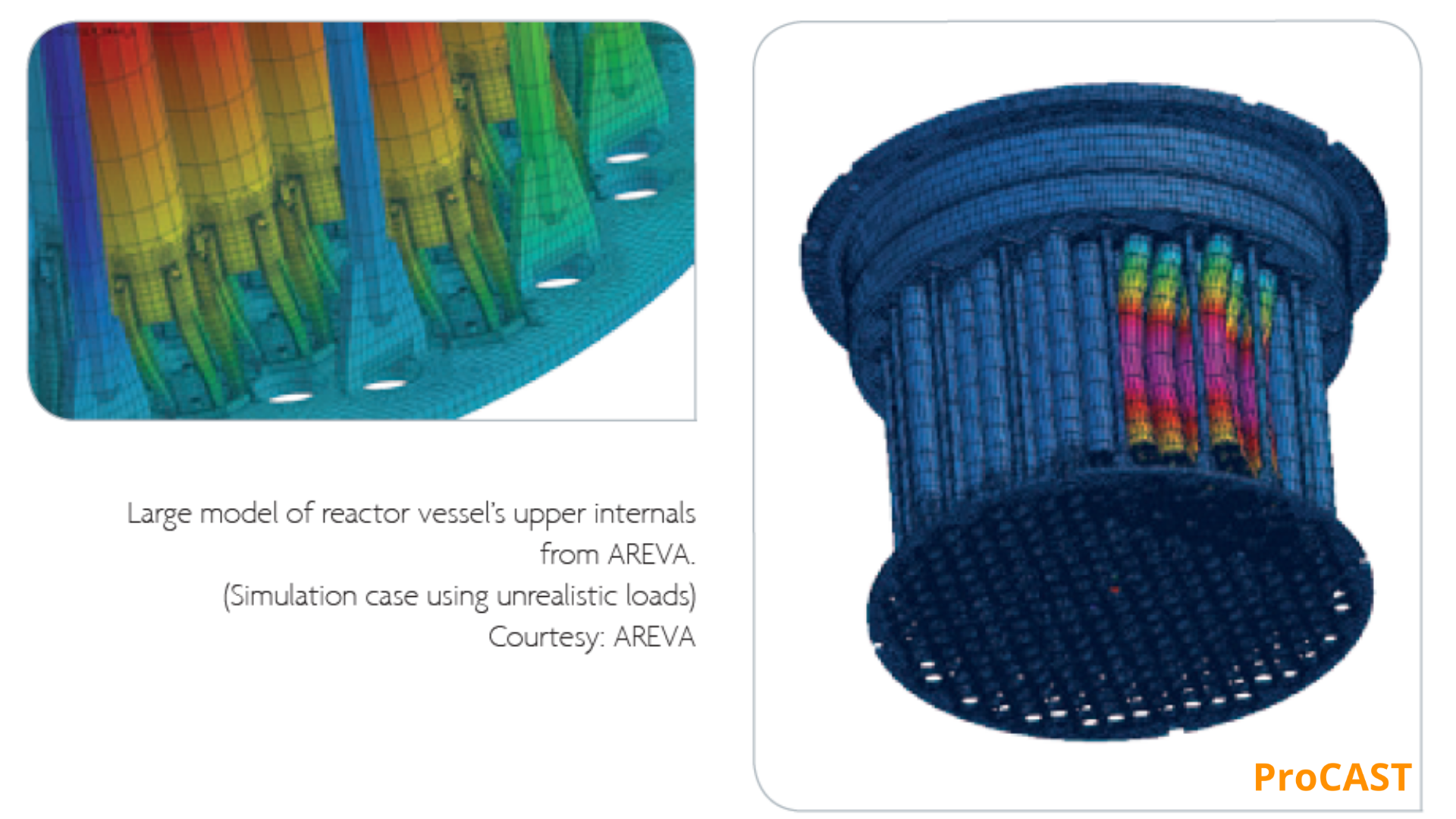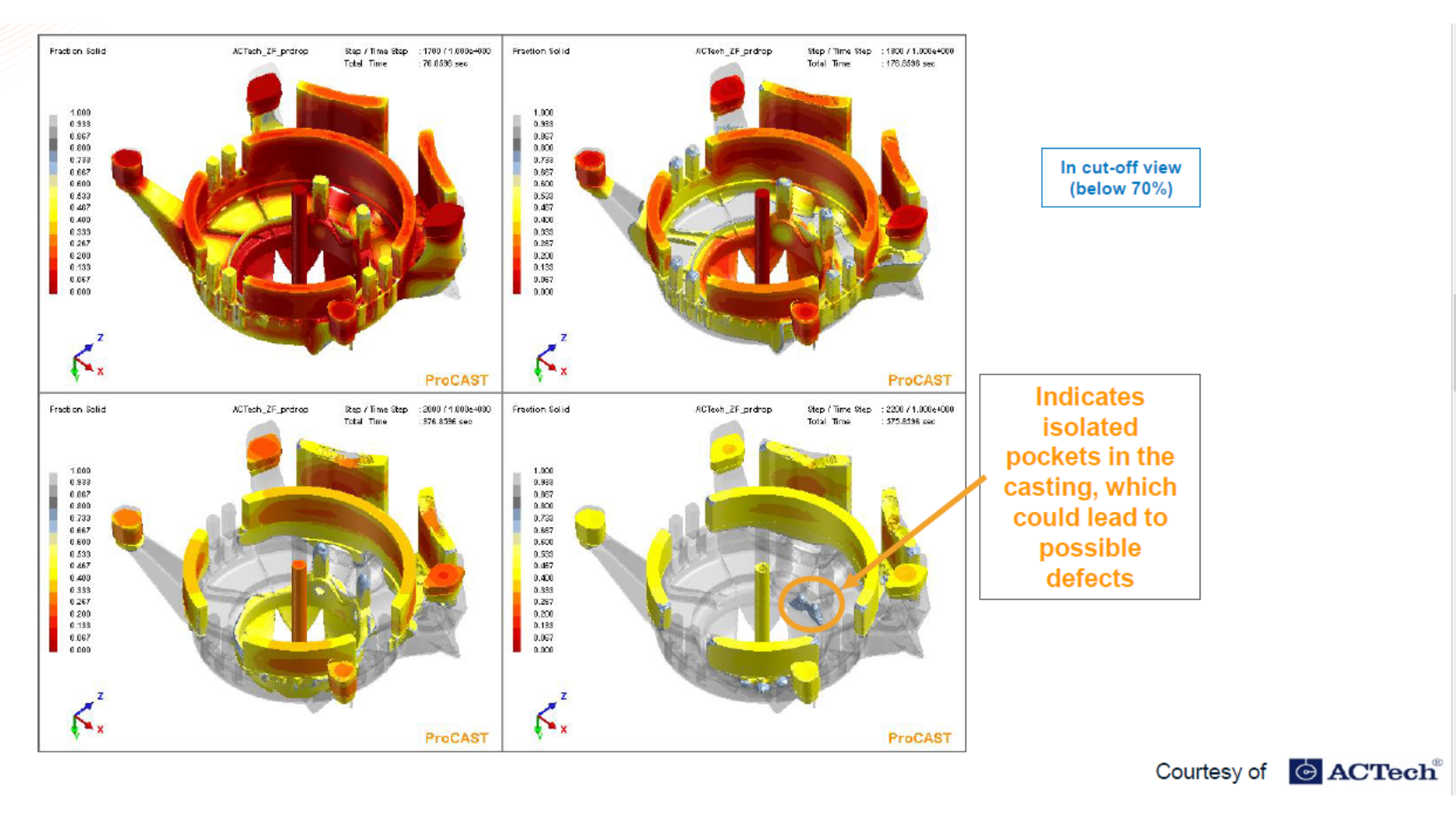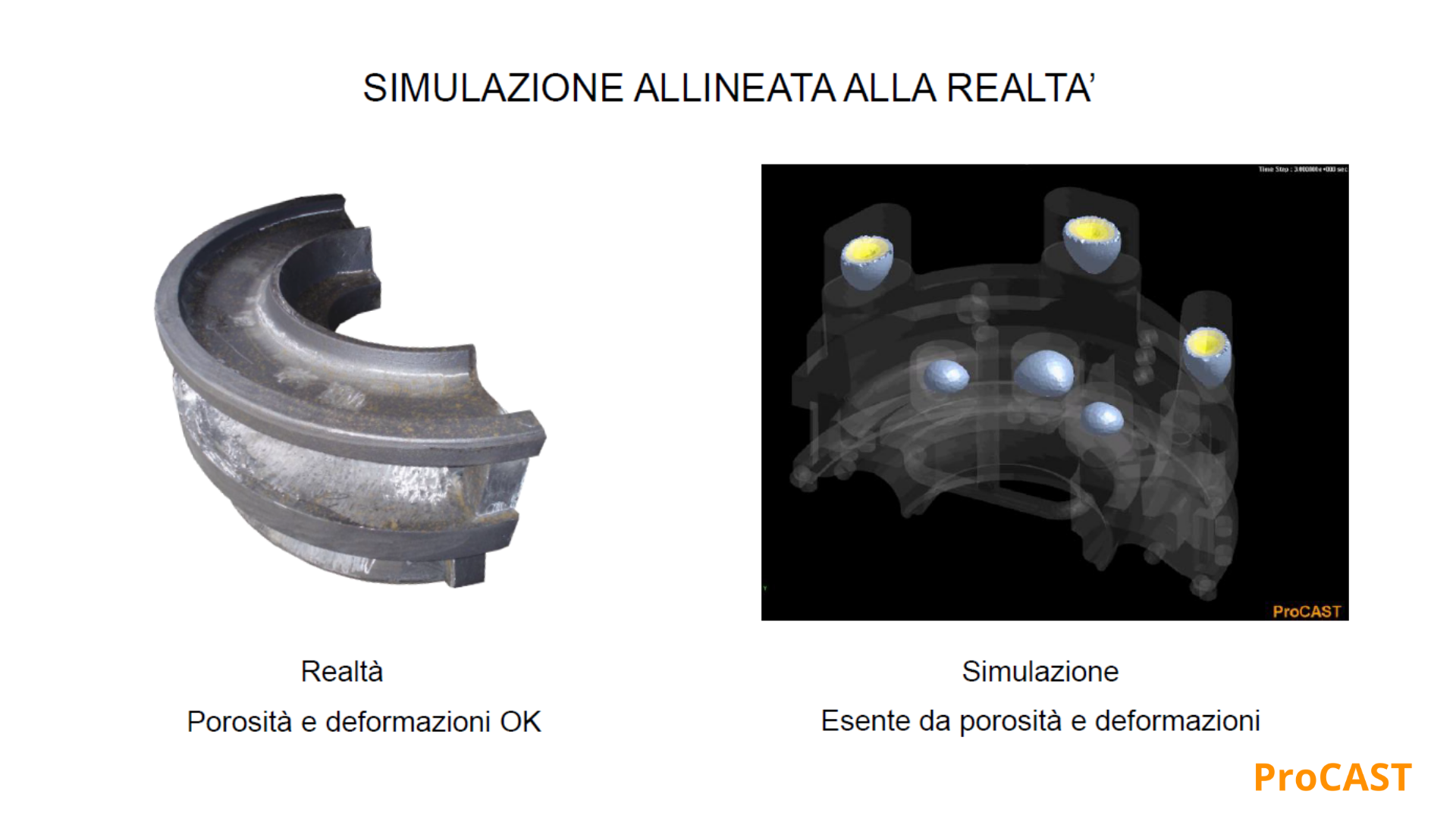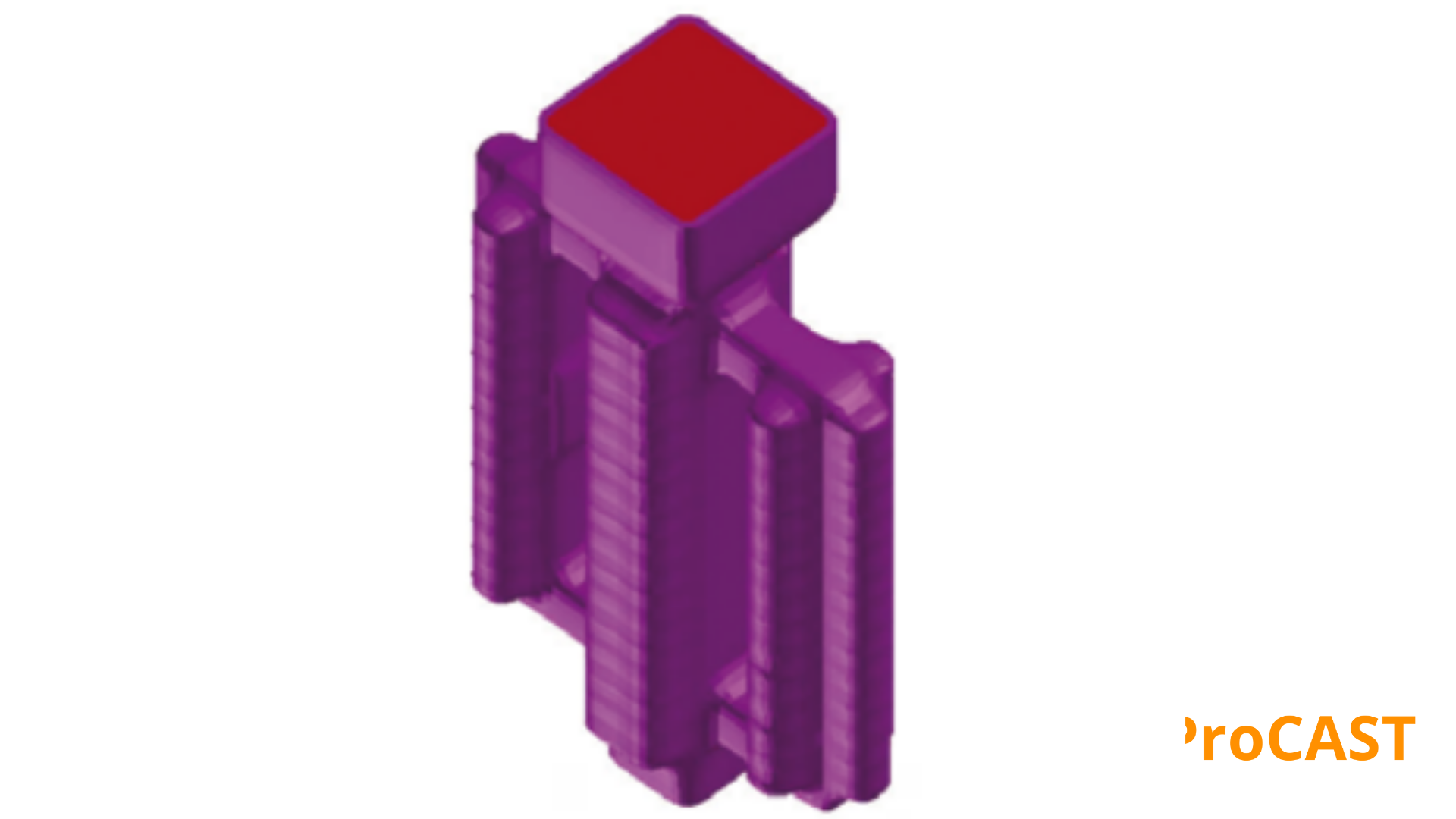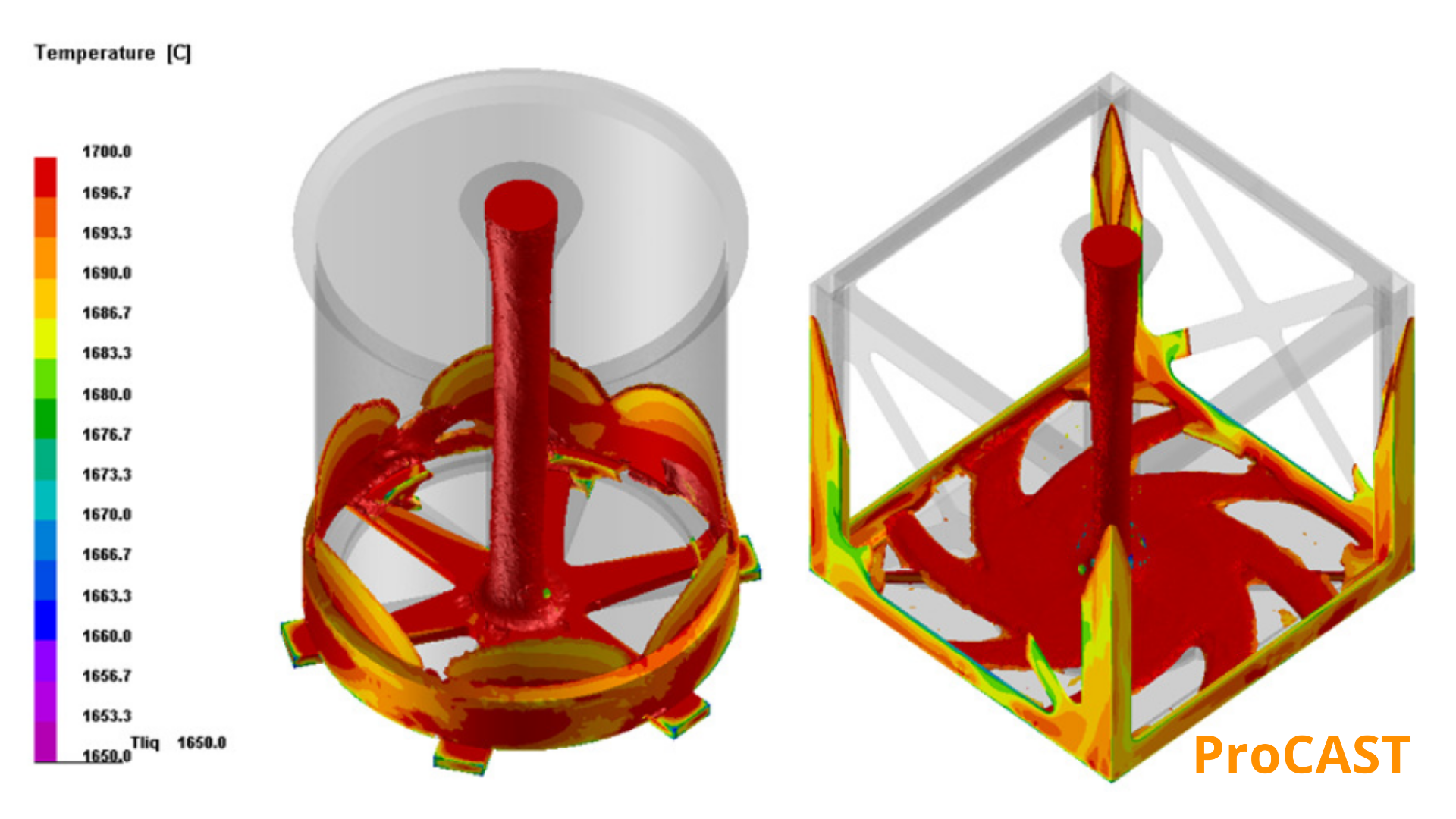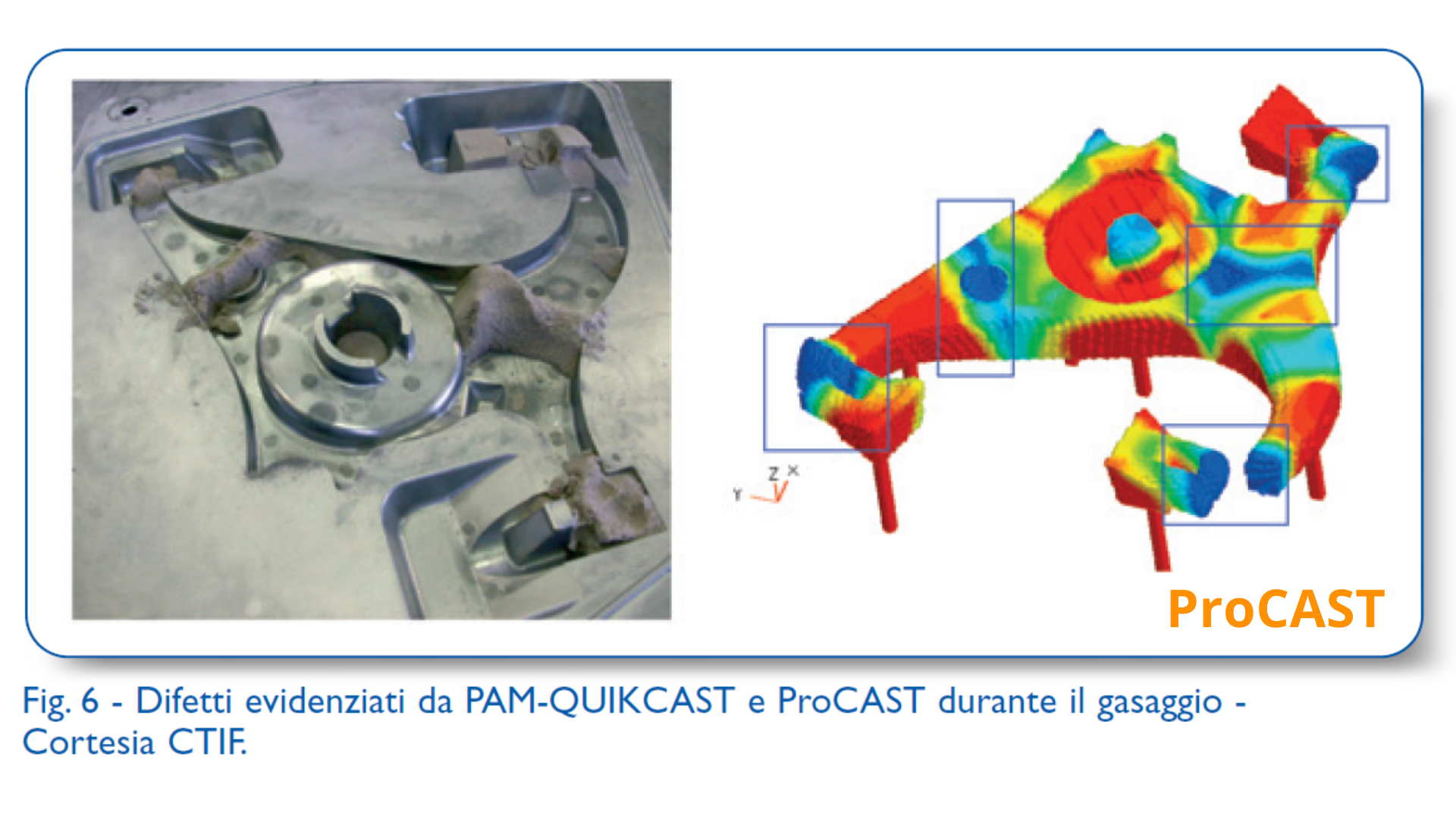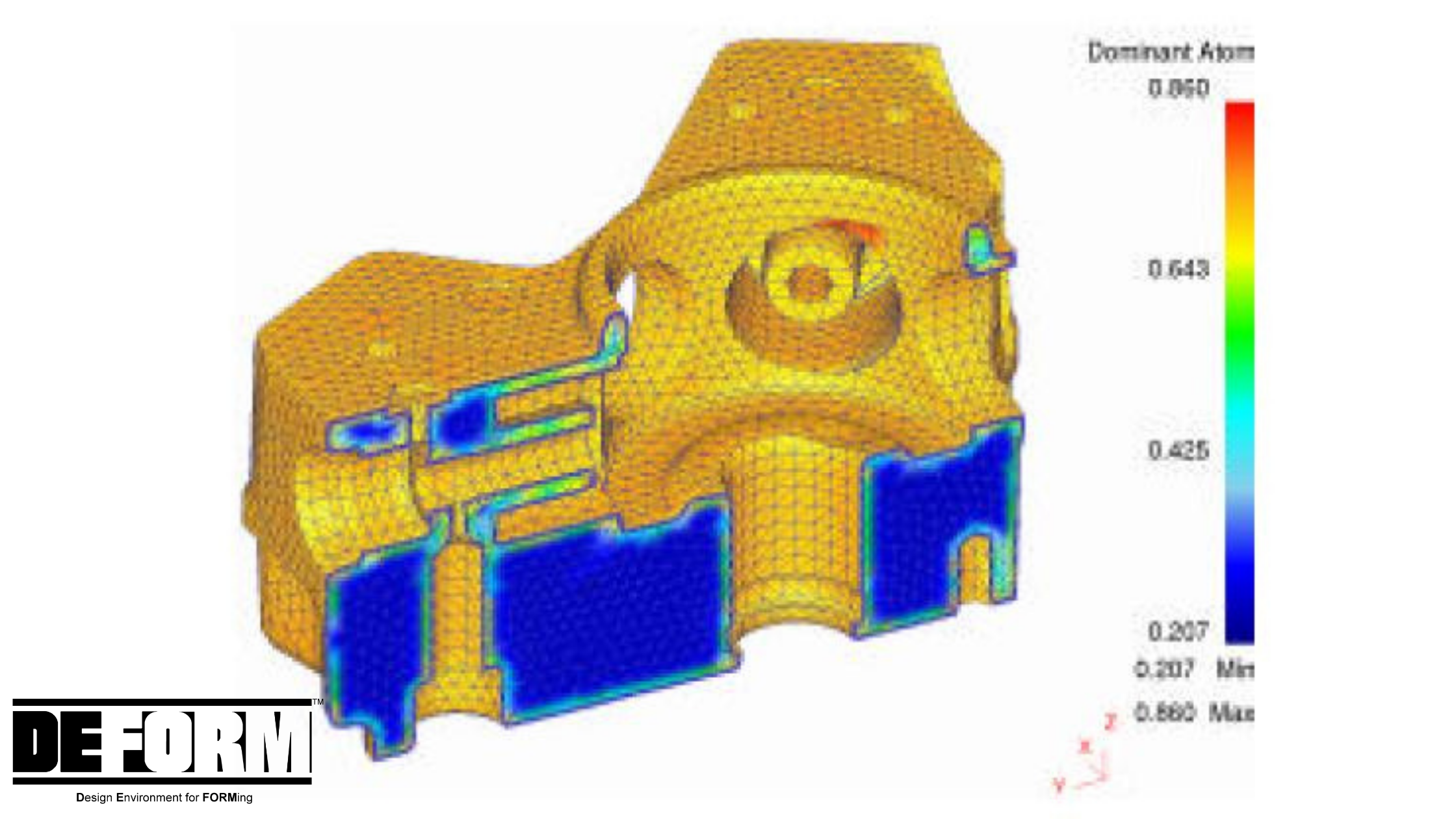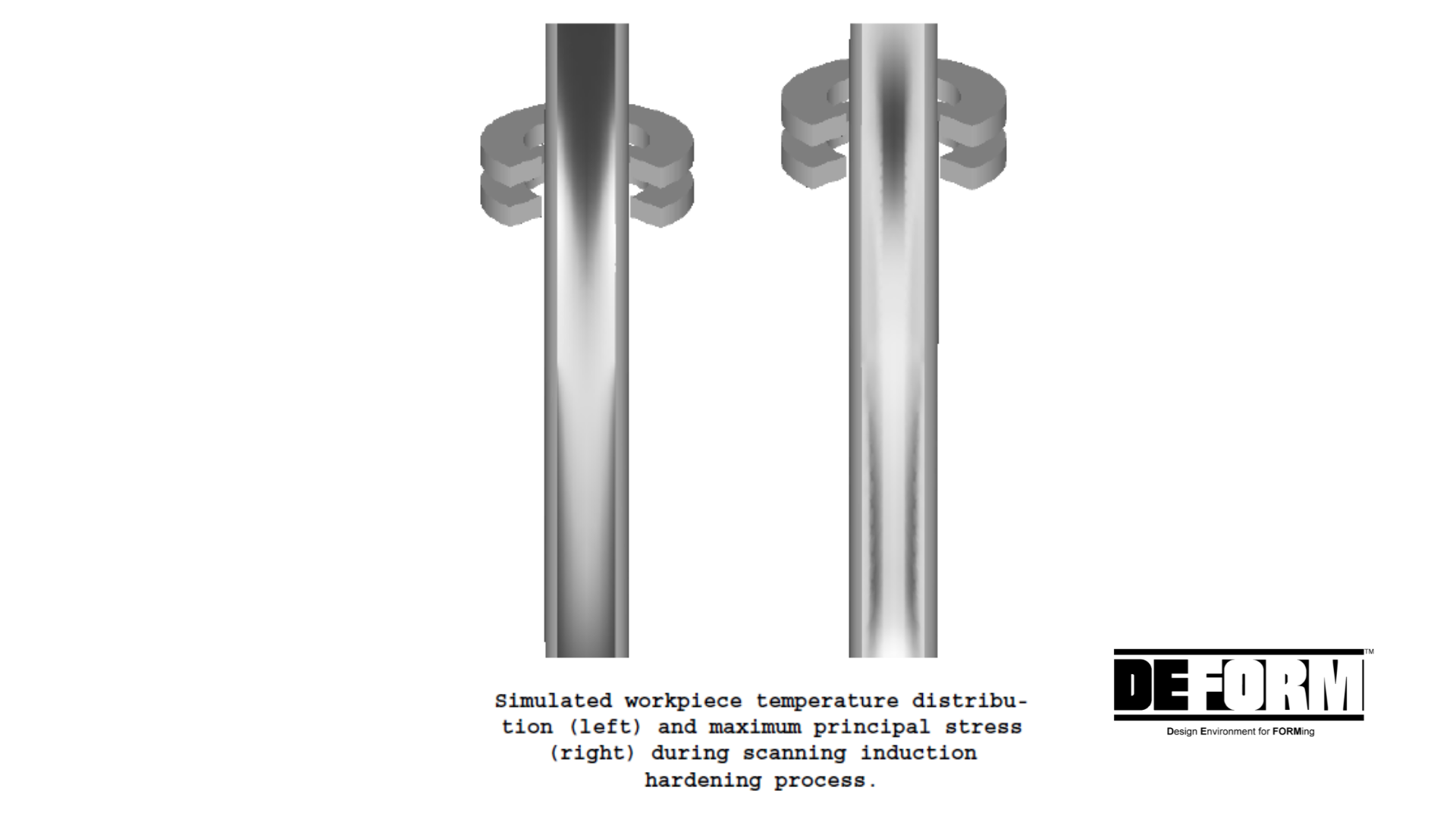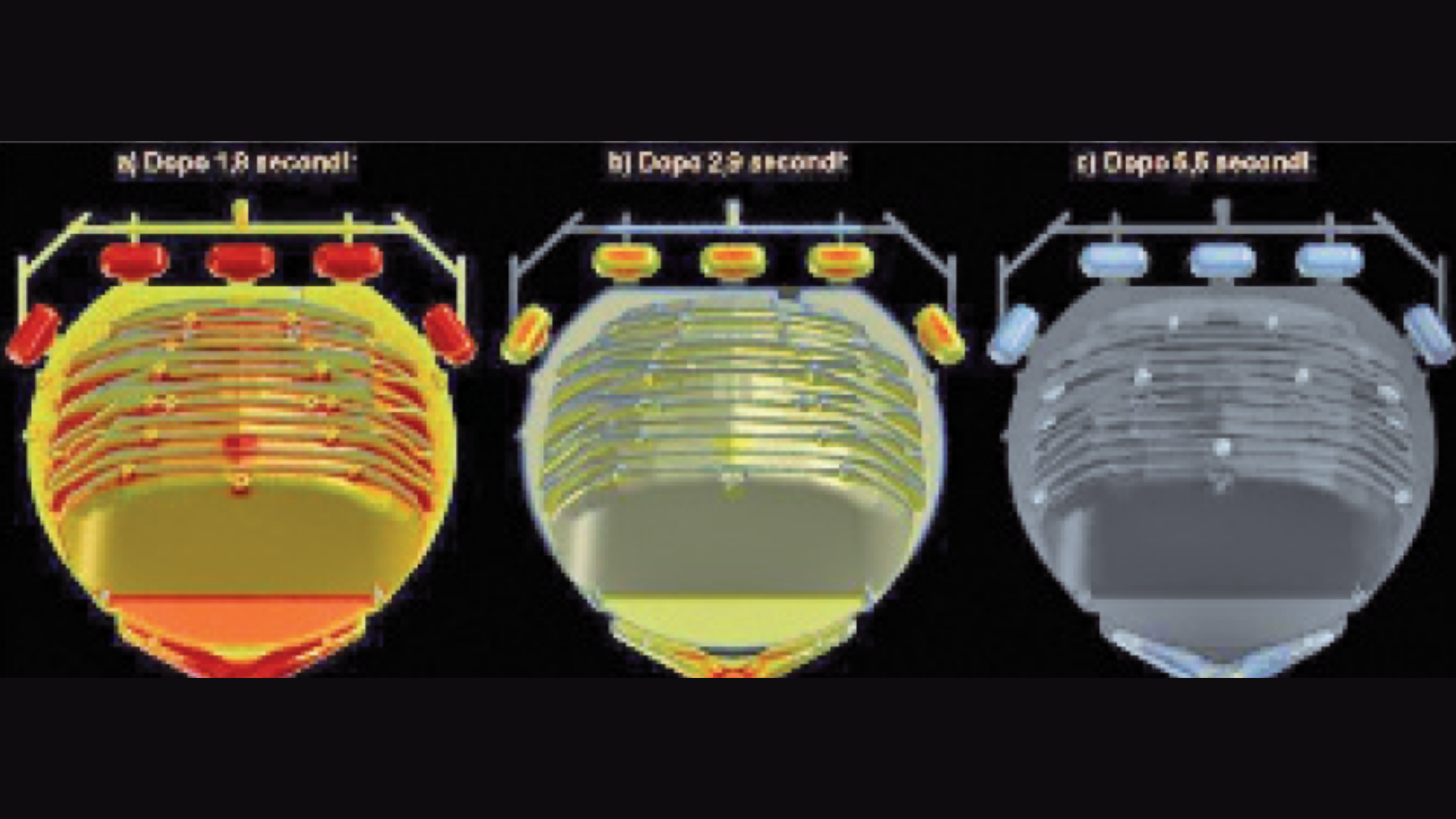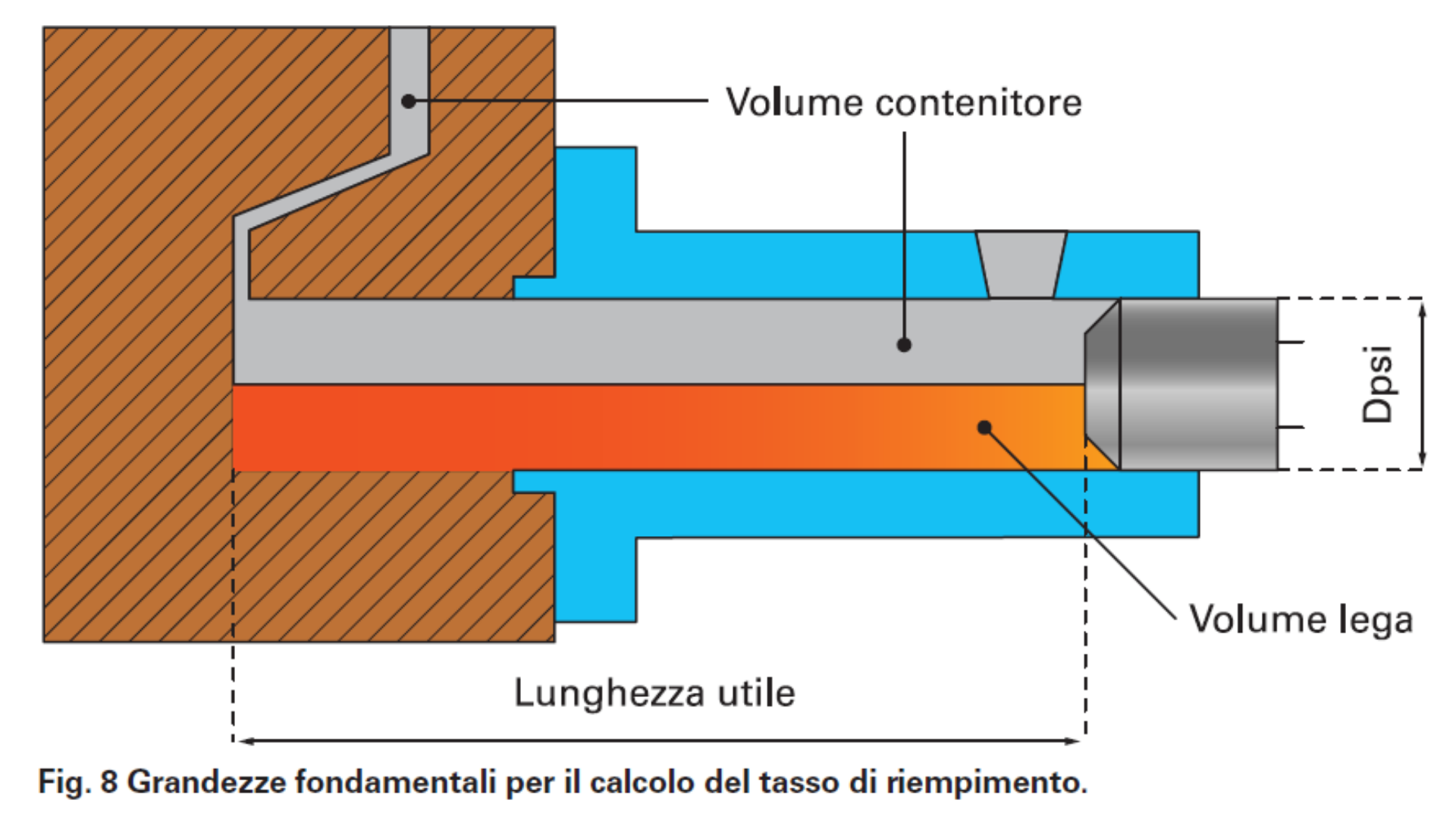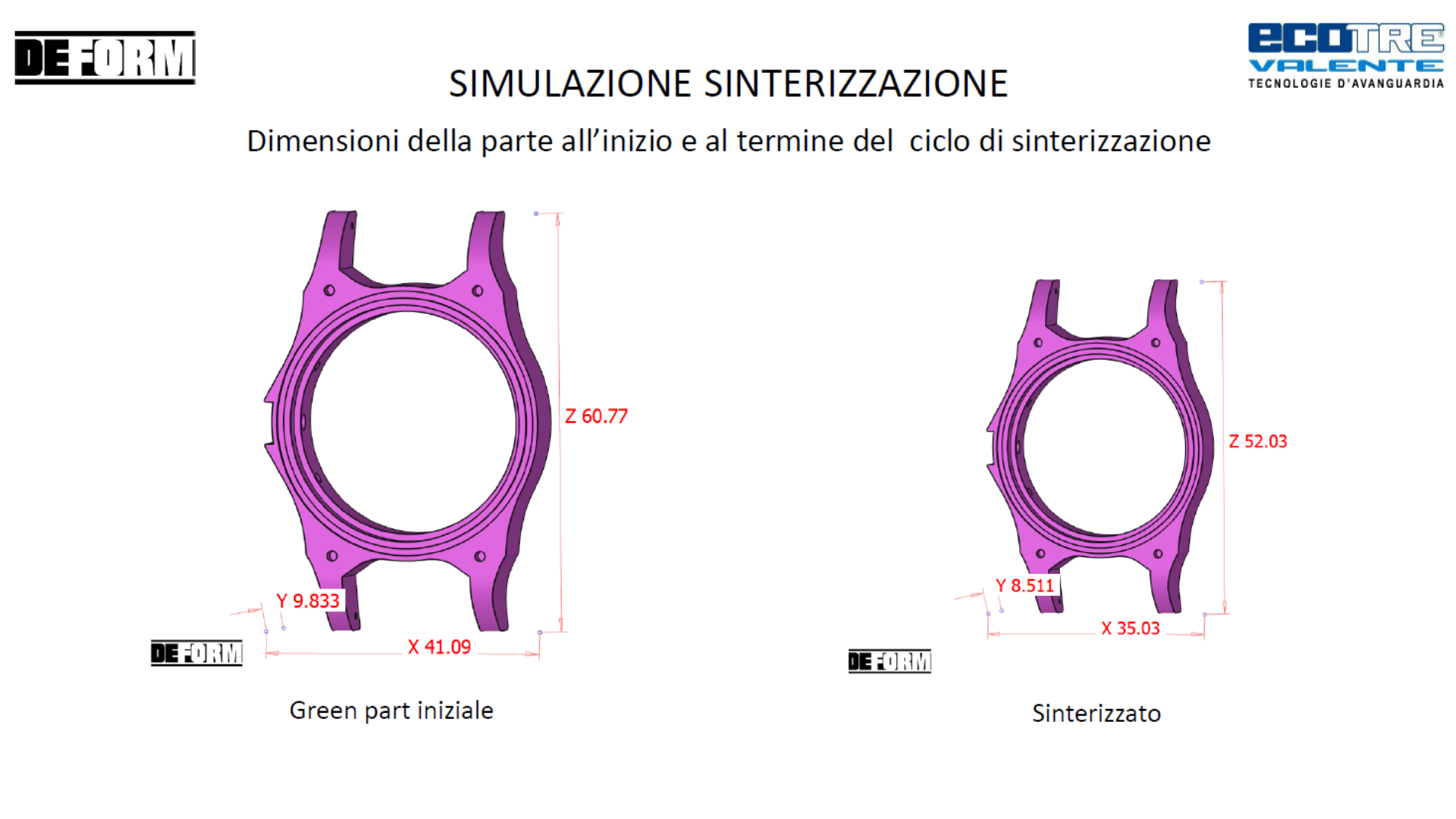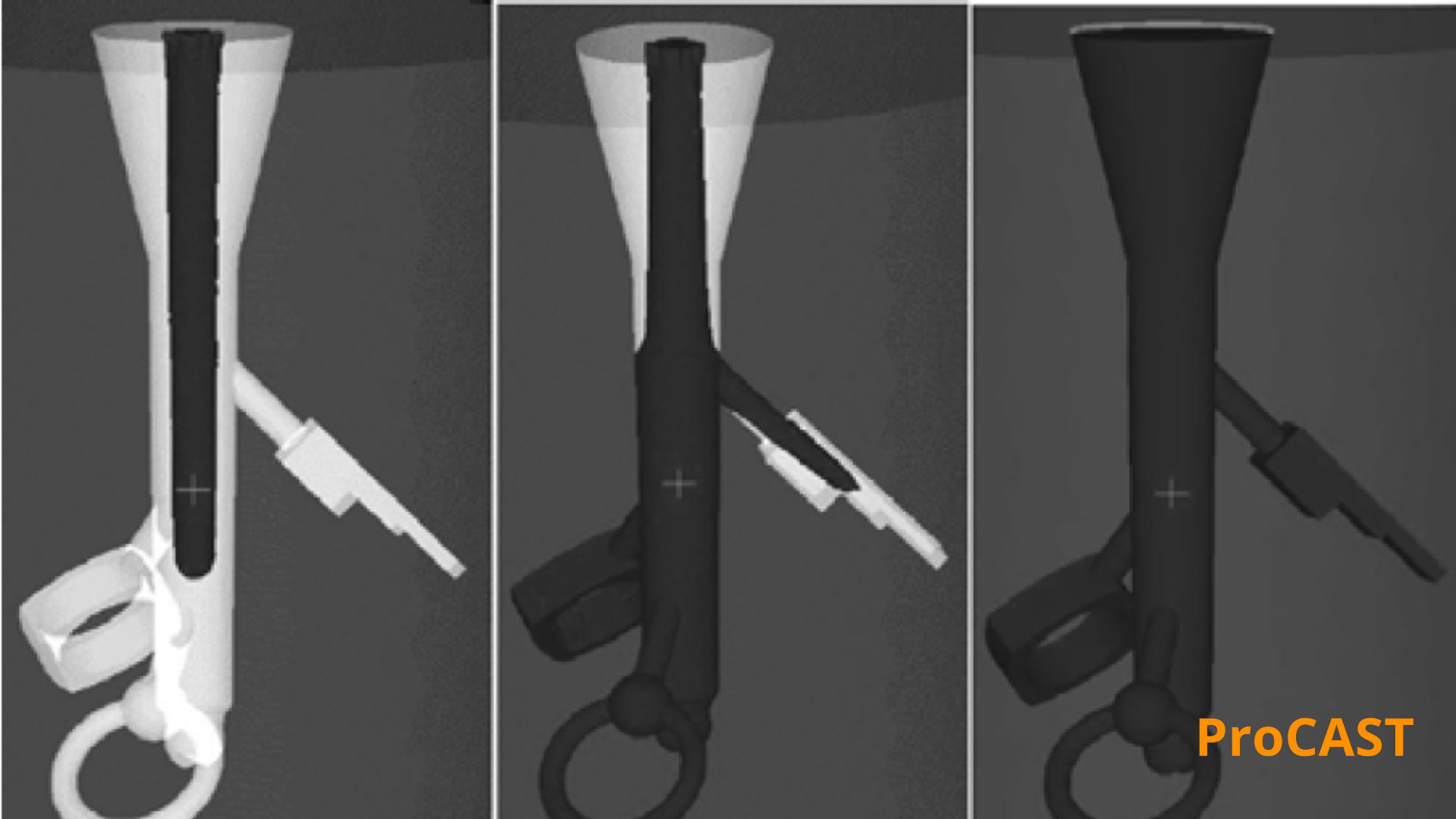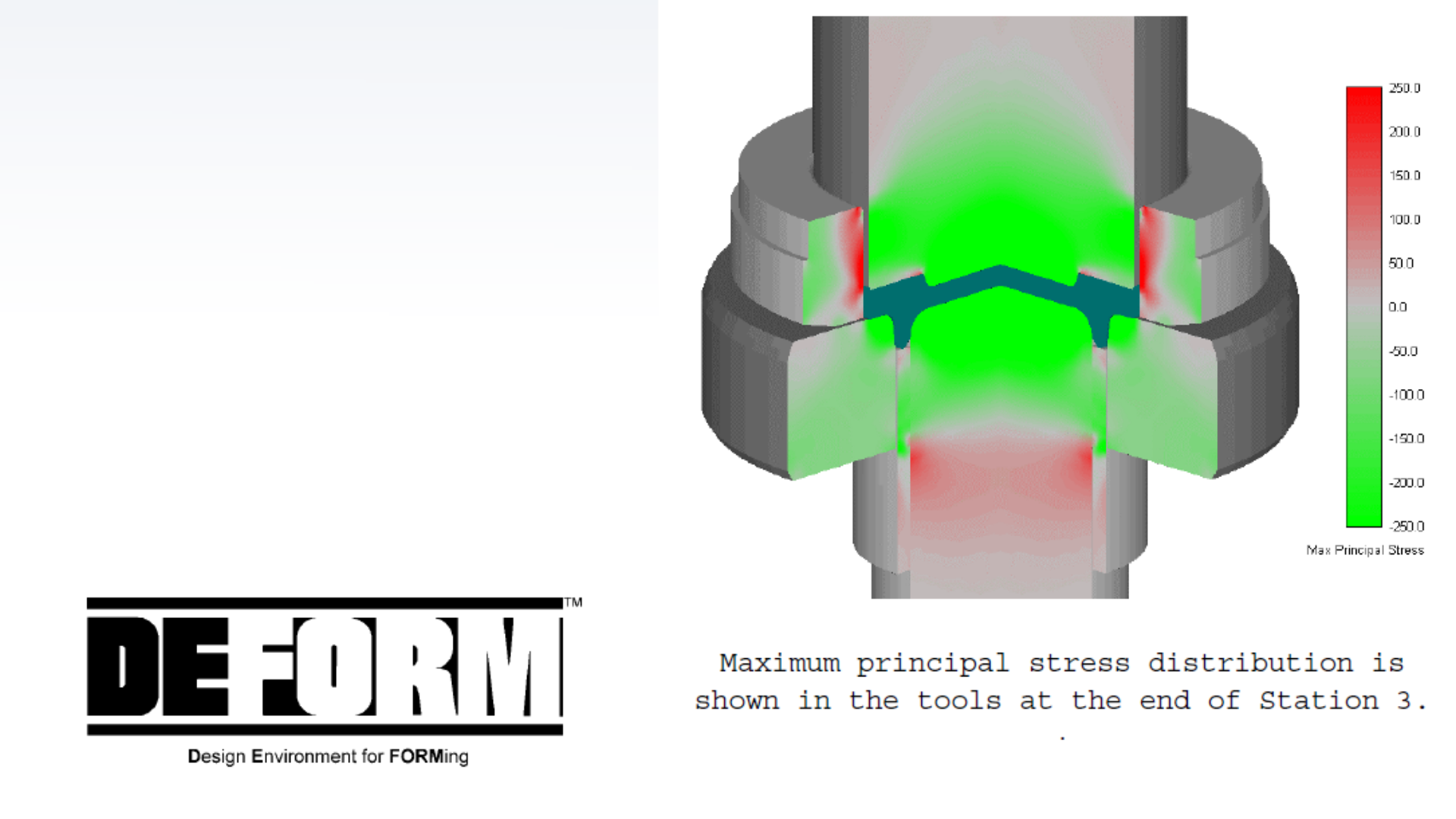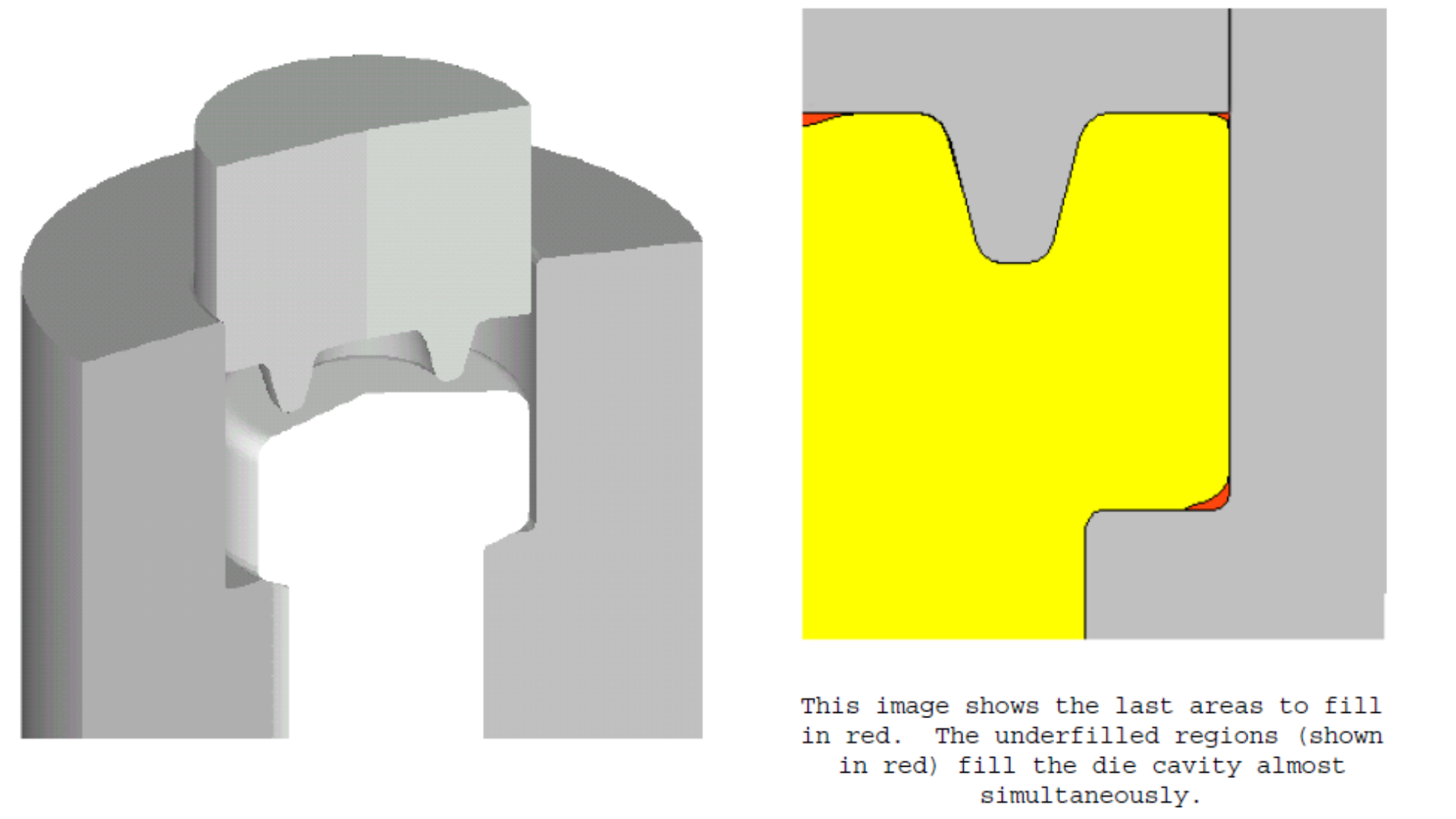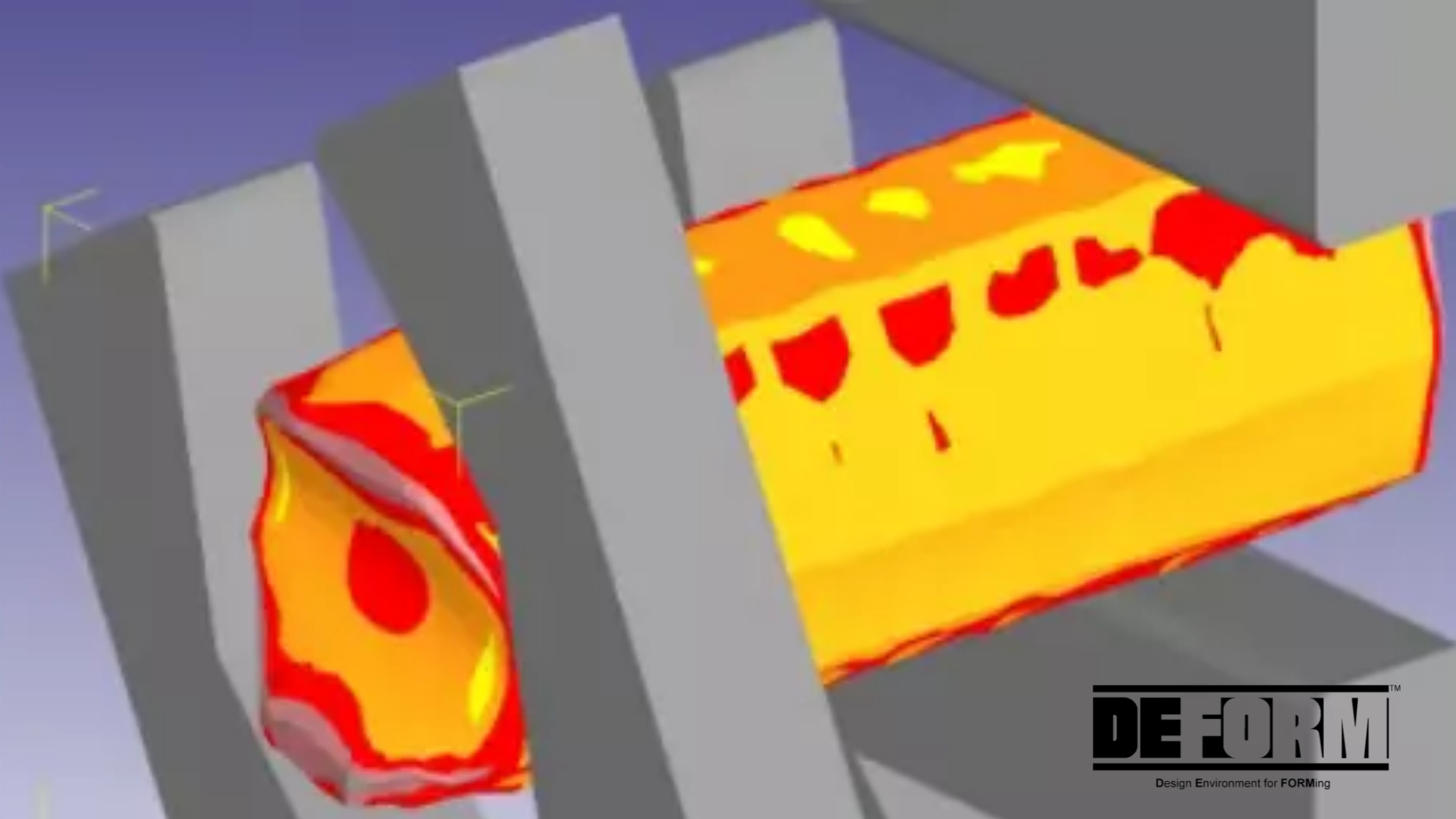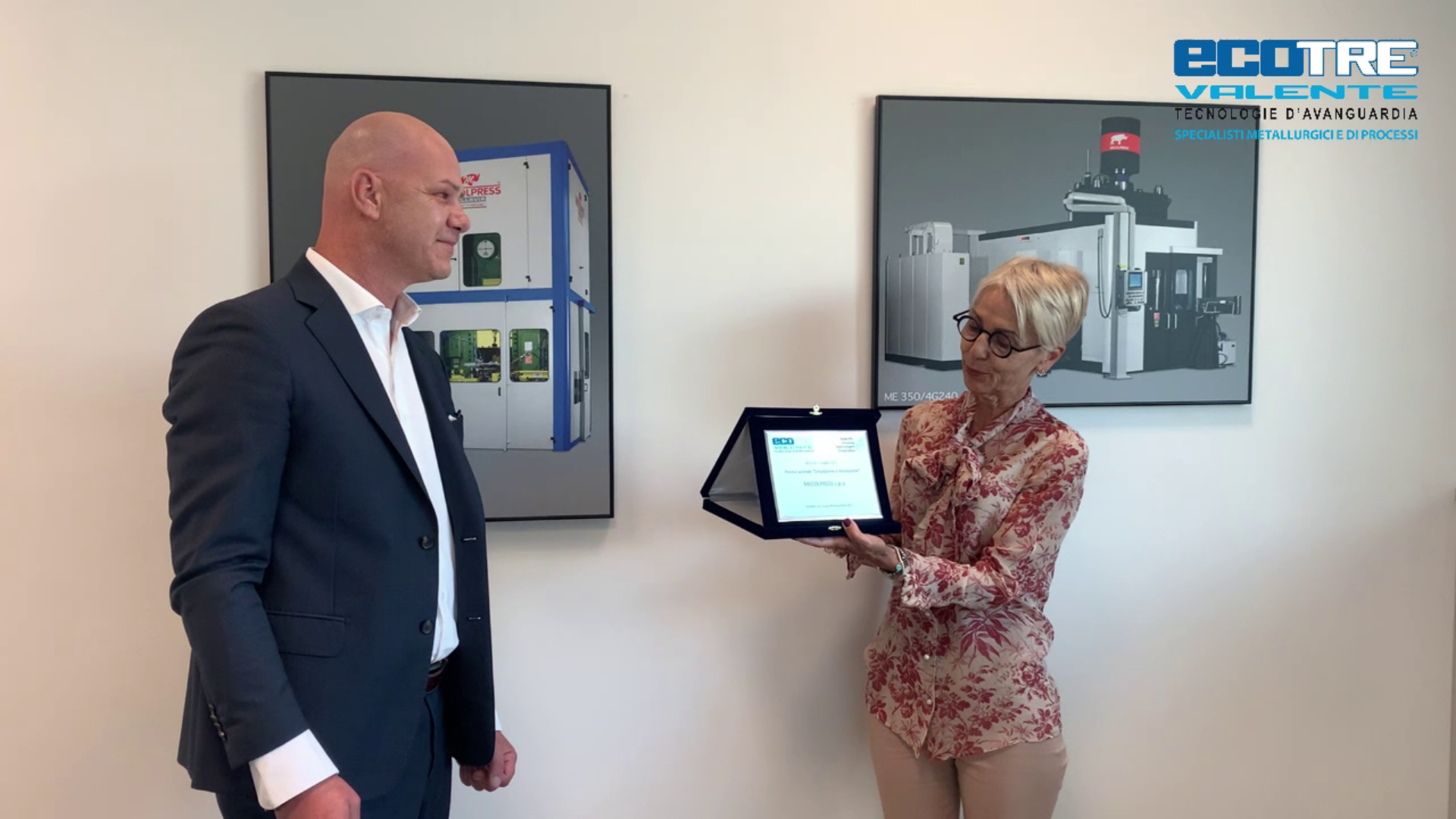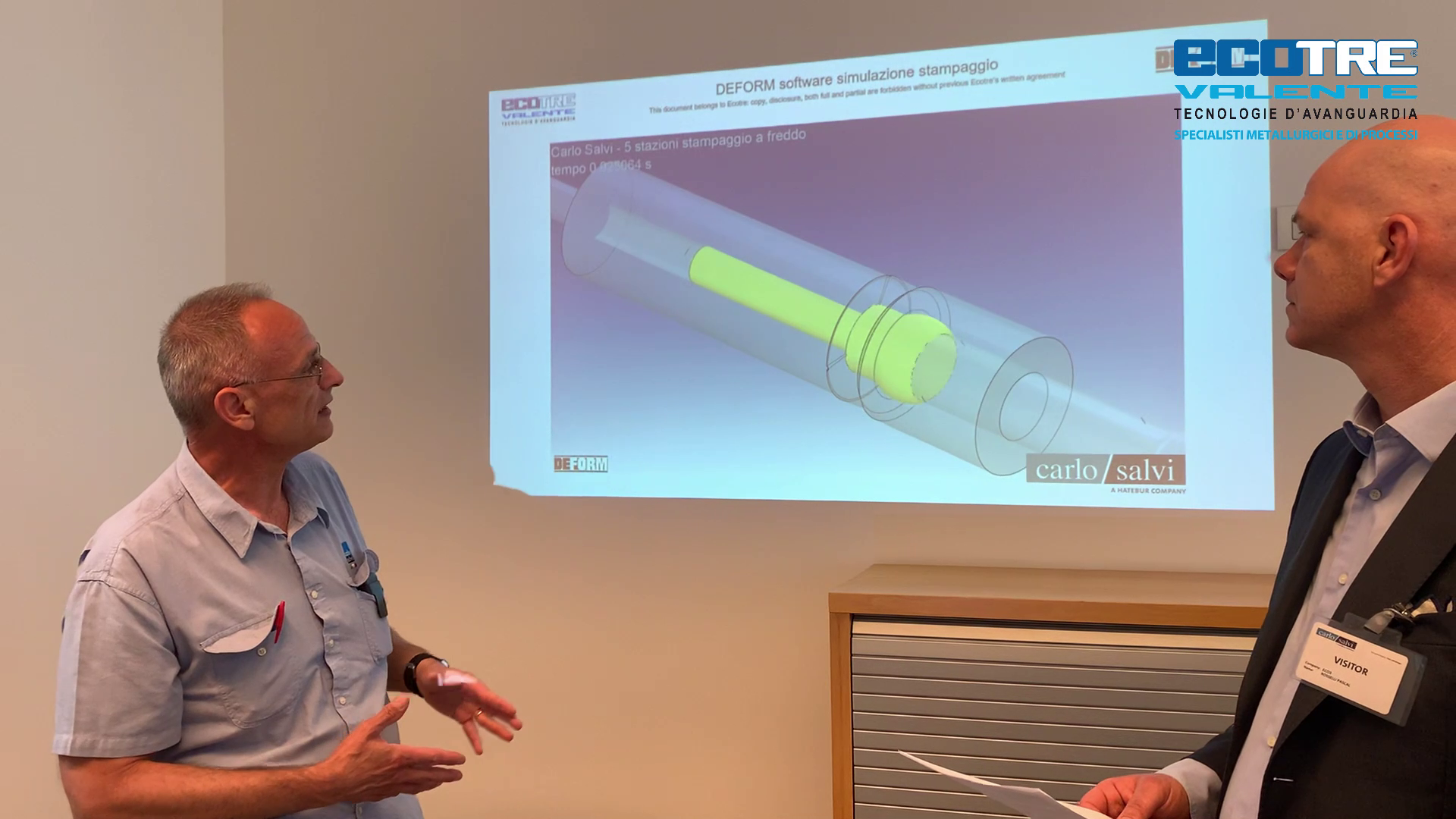Simulation and Innovation Award with DEFORM Software: PRIMETALS TECHNOLOGIES ITALY
Elimination of scraps and defects with the DEFORM simulation software
The webinar dedicated to the novelties in Simulation of Hot and Cold Forming, Coining, Drawing, Rolling, Forging, Shape Rolling, Extrusion, Sheet Metal Forming, Shearing, Welding, Additive Manufacturing, Heat Treatments was held on Thursday 1 July 2021 and Machining with the new DEFORM 2021 Software and organized by the Brescia-based Ecotre Valente. The wide participation of the experts gave rise to an afternoon of meeting and exchange on the state of the art of metallurgical process simulation, on the criticalities encountered during production and on the prediction and resolution of defects thanks to computer simulation to obtain a high metallurgical quality.
This year Ecotre, for the "Simulation and Innovation" award, has decided to reward those companies that have distinguished themselves for their ability to innovate in the sector of presses, machines and systems. Among the 4 awarded companies: PRIMETALS TECHNOLOGIES ITALY
Lorenzo Valente, CEO of Ecotre Valente, concluded the day with these words: “We are in a moment in which the need to obtain components without defects is essential, while at the same time reducing production times and costs. The DEFORM metallurgical process simulation software is able to predict a priori the behavior of the metal during the process, evaluating defects on the product and equipment, with the aim of obtaining the maximum in terms of machine and process efficiency. ".
Read More







